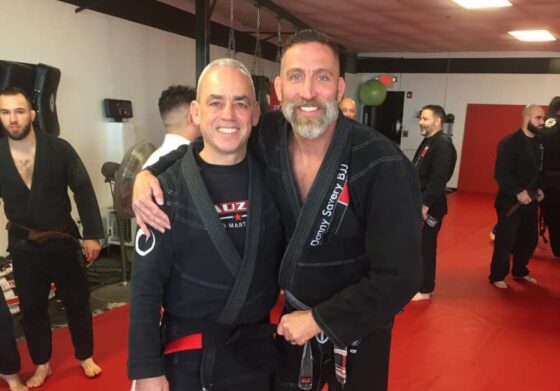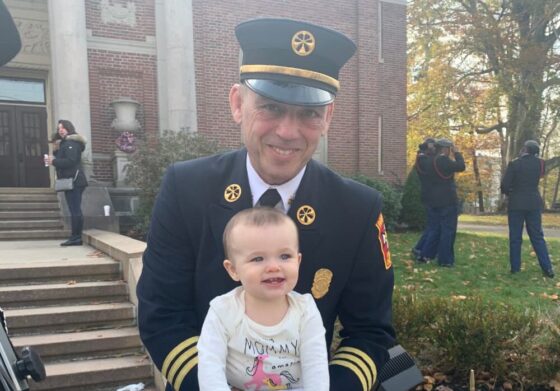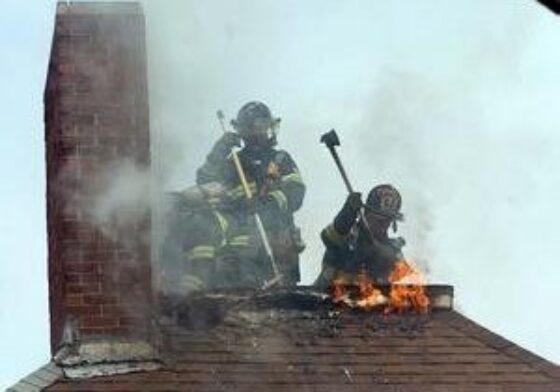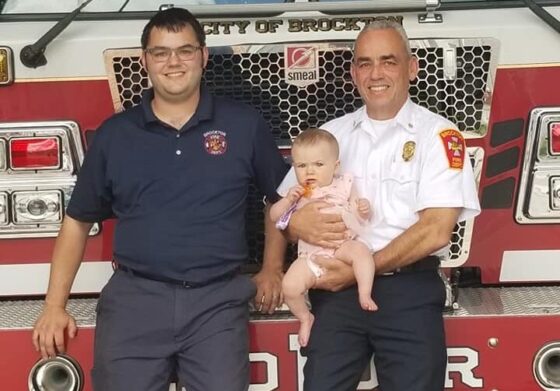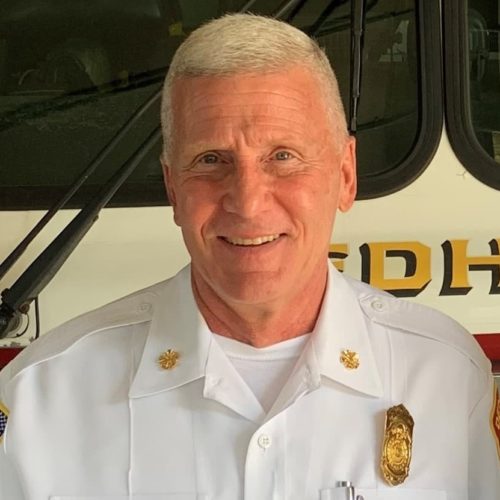When members of my union arranged for Heartfit for Duty LLC to provide a health screening for first responders, I attended to support their efforts. As I walked into the screening, some of my coworkers chuckled and asked what I was doing there. I had recently lost 40 pounds from my highest weight and was in great shape from practicing Brazilian jiu-jitsu four to five times a week. My answer to them was that I may look healthy on the outside, but we don’t know what’s on the inside until we submit to these kinds of screening tests.
And out of all those guys, I was the one that came away with an actionable finding. At age 45, I was diagnosed with prostate cancer.
When my screening results came back, the levels in my prostate-specific antigen (PSA) test were elevated but not high enough to definitively indicate cancer. I followed up with my primary care physician, who agreed that the test results were unusual and referred me to a urologist. It took a couple of months to get into the urologist, not because I was delaying, but because of appointment availability. When I did get into that appointment, my PSA levels had risen again but were still relatively low for cancer. My urologist offered active surveillance where we would monitor my PSA levels over the course of a year and take action should the levels rise significantly. Or, we could be aggressive and go straight to a biopsy of the prostate. After the appointment, I sought advice from Heartfit For Duty. They had studied cancer in firefighters across America. They advised that I go straight to the biopsy because cancer can be more aggressive in firefighters, enhancing the need for prompt and decisive action. I had the biopsy in May, and it showed mild prostate cancer. By the time I had the surgery to remove the cancer in July, it had increased from mild to moderate—in just two months. My doctors thought that was out of character for prostate cancer, which goes to show how cancer does affect us firefighters differently and how important early detection was for my prognosis.
“Take advantage of the screenings and early detection systems that are being offered.”
At my follow-up appointment a year after surgery, my primary care physician congratulated me on being one year free of prostate cancer. I remember asking her why she was being so specific, and she said, “Well, now we’re going to deal with the cancer on your face.”
I had what I thought was a mole under my right eye, which sometimes changed shape or turned black. My wife had mentioned it to me a couple of times, but then with the prostate cancer, it got put on the back burner. When we finally checked it out, it was diagnosed as basal cell carcinoma, and I had it removed in August 2017 in an outpatient procedure.
I’ve been a firefighter for 22 years, and as a leader in the fire service, I want to set an example for the younger firefighters — including my son, who is also a Brockton firefighter. Take advantage of the screenings and early detection systems that are being offered. My other advice is to keep in shape, to make sure your body is ready to recover, in the event that there is a diagnosis. By being in good physical condition, you’re not only going to be a more effective firefighter, but you’re also going to be able to come back from injuries and illnesses quicker and better. In my case, because of my fitness and activity level before diagnosis, my doctors said I was able to recover more quickly and I was back at work just two months after my prostate cancer surgery. Today, I’m cancer-free because of early detection.
Symptoms
- elevated PSA
- changes in a mole
FREE Online Learning for Firefighters

The platform includes our 3 Steps Detect training along with 10 short lessons covering topics such as compiling your medical history, identifying and tracking symptoms, and how to prepare for doctor appointments. Firefighters can access the platform by clicking the link below.

